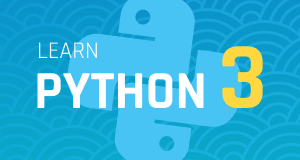-
1. Introduction
lock
1. Introduction
-
FORUM
lock
Introducing Python
-
3. Object Oriented Programming
lock
3. Object Oriented Programming
-
23
lock
Age of Empire
-
24
lock
Fighter
-
25
lock
Deck of Cards
-
26
lock
Ninja - Class Inheritance
-
27
lock
Useful Library Part I
-
28
lock
Useful Library Part II
-
29
lock
Self (chaining)
-
2. Core building blocks
lock
2. Core building blocks
-
2
lock
Print 1 to 100
-
3
lock
Print X to Y
-
4
lock
Print Even from X to Y
-
5
lock
SumFrom X to Y
-
6
lock
Even Sum from X to Y
-
7
lock
Iterating an array
-
8
lock
Generate Array from X to Y
-
9
lock
Update negatives to 0
-
10
lock
Removing negatives
-
11
lock
Countdown
-
12
lock
Values Greater than Second
-
13
lock
This Length That Value
-
14
lock
Count Positives
-
15
lock
Sum Total
-
16
lock
Average
-
17
lock
Minimum
-
18
lock
Maximum
-
19
lock
Working with a dictionary (part I)
-
20
lock
Working with a dictionary (part II)
-
21
lock
Working with a dictionary (part III)
-
22
lock
Ultimate Analysis
-
4. Data Structures
lock
4. Data Structures
-
30
lock
Strings
-
31
lock
Tuples I

Oops!
We apologize for the inconvenience. We encountered an internal error or misconfiguration and was unable to complete your request.
To continue, please reload the page. Thank you!
